Kidney Disease Ct Scan
Kidney disease ct scan. Patients with poor kidney function are the people at risk for these side effects. In most cases contrast dyes used in tests such as CT computerized tomography and angiograms have no reported problems. Simple cysts appear as rounded structures with near water attenuation 0 HU.
A kidney CT scan can help in examining both kidneys to discover tumors masses or other lesions that could be cancerous. Chronic kidney disease CKD also known as chronic renal failure is a progressive loss of glomerular function caused by a long-standing renal parenchymal diseaseIt is present when the glomerular filtration rate GFR is less than 60 mlmin173 m 2 for three consecutive months or greater than or equal to this value in patients with a kidney damage that is present for three or more months 1. A renal scan involves the use of nuclear radioactive material to examine your kidneys and assess their function.
CT is of course very sensitive to the diagnosis and excellent at characterizing renal cysts. CT scans of the kidneys can help your healthcare provider find problems such as tumors or other lesions obstructive conditions such as kidney stones congenital anomalies polycystic kidney disease buildup of fluid around the kidneys and the location of abscesses. CT contrast materials do rarely cause kidney damage and a skin disorder called nephrogenic systemic fibrosis NSF can be caused by the MRI contrast agents.
If the CT scan requiring the contrast is non-emergent certain preventive steps can be taken. Kidney function may fall to. If your kidney function is below normal or if you have certain kidney diseases such as diabetic kidney disease then the contrast used for computerized tomography CT scans can cause a sudden decrease in kidney function.
CIN is a rare disorder and occurs when kidney problems are caused by the use of certain contrast dyes. CT Scan Protocols for Imaging Renal Vascular Disease A procedure known as CT-KUB is a low-radiation dose CT which does not require intravenous or oral contrast and is the study of choice for locating stones urolithiasis in the kidneys ureters or bladder. These can often minimize the risk of the kidneys getting hurt.
The UCSF Department of Radiology routinely screens patients undergoing CT examinations to identify those individuals with chronic kidney disease and thus at potential risk of acute kidney injury and recommends volume expansion therapy to mitigate the risk in this subgroup. The pathophysiology and imaging findings of focal multifocal and infectious cystic renal diseases are reviewed with emphasis on CT and MR imaging findings and disease management. Computed tomography CT is a type of X-ray that can produce cross-sectional images of the kidneys.
A CT scan can identify injuries or diseases such as kidney disease. In this blog I will discuss the approach to these issues at UCSF.
The UCSF Department of Radiology routinely screens patients undergoing CT examinations to identify those individuals with chronic kidney disease and thus at potential risk of acute kidney injury and recommends volume expansion therapy to mitigate the risk in this subgroup.
Chronic kidney disease CKD also known as chronic renal failure is a progressive loss of glomerular function caused by a long-standing renal parenchymal diseaseIt is present when the glomerular filtration rate GFR is less than 60 mlmin173 m 2 for three consecutive months or greater than or equal to this value in patients with a kidney damage that is present for three or more months 1. The wall is very thin and regular and is often imperceptible. Kidney function may fall to. They can be used for obese people for whom an ultrasound may not provide a clear picture. About 2 percent of people receiving dyes can develop CIN. A kidney scan is a test to check how your kidneys look and how well theyre working. These can often minimize the risk of the kidneys getting hurt. A renal scan involves the use of nuclear radioactive material to examine your kidneys and assess their function. Usually your kidney doctor would prescribe a regimen of intravenous fluids and make sure that you are not dehydrated.
In most cases contrast dyes used in tests such as CT computerized tomography and angiograms have no reported problems. The UCSF Department of Radiology routinely screens patients undergoing CT examinations to identify those individuals with chronic kidney disease and thus at potential risk of acute kidney injury and recommends volume expansion therapy to mitigate the risk in this subgroup. CT scans can be useful in detecting cancer lesions abscesses obstructions kidney stones and the accumulation of fluid around the kidneys. A kidney scan is a test to check how your kidneys look and how well theyre working. The pathophysiology and imaging findings of focal multifocal and infectious cystic renal diseases are reviewed with emphasis on CT and MR imaging findings and disease management. They can be used for obese people for whom an ultrasound may not provide a clear picture. About 2 percent of people receiving dyes can develop CIN.



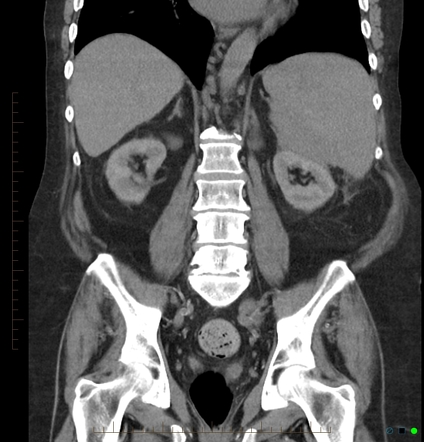

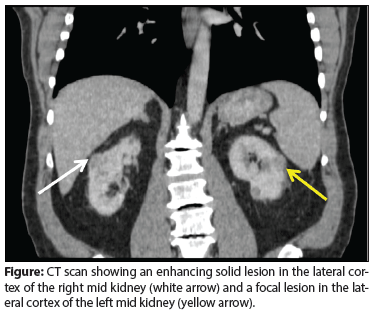












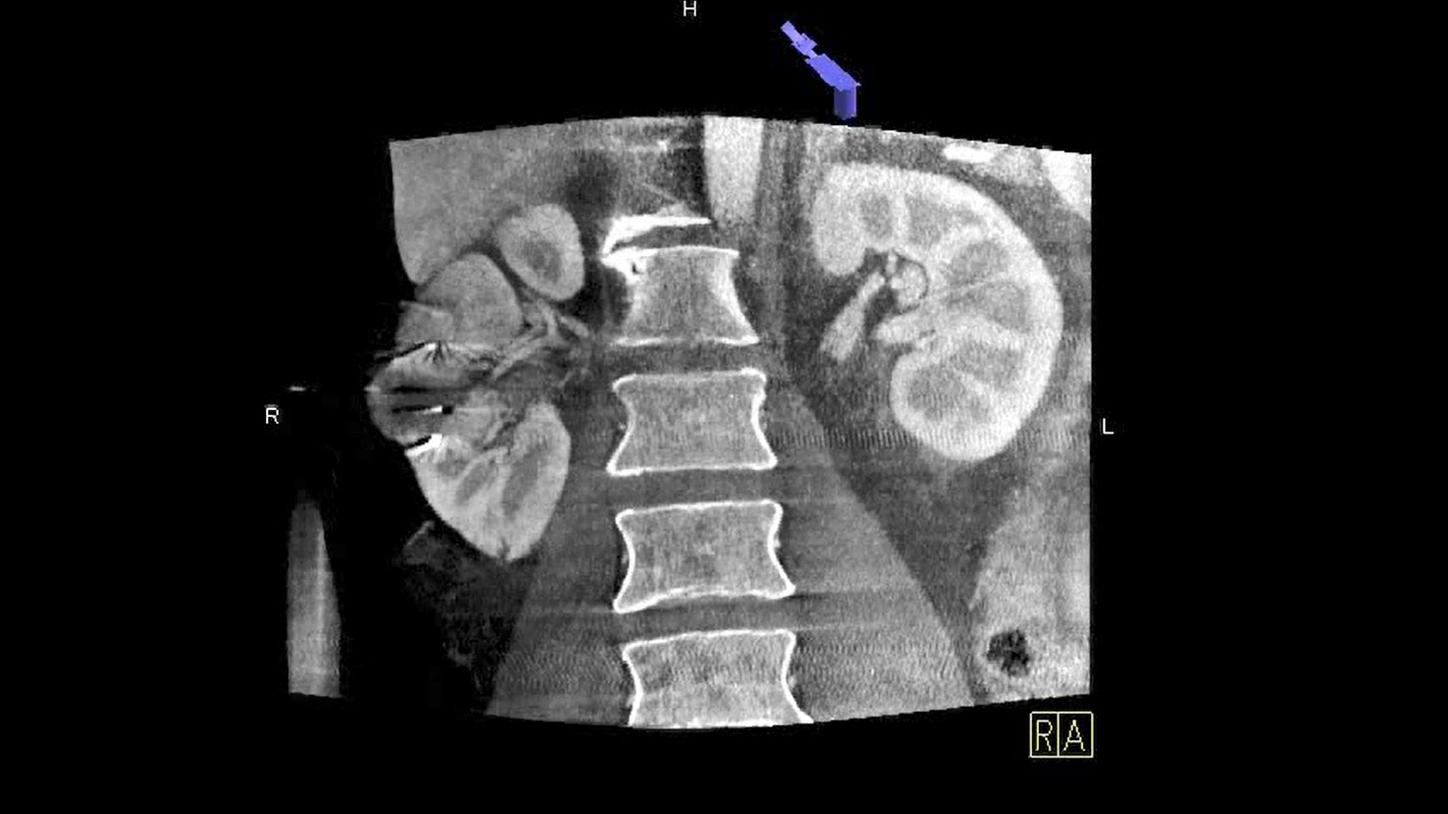



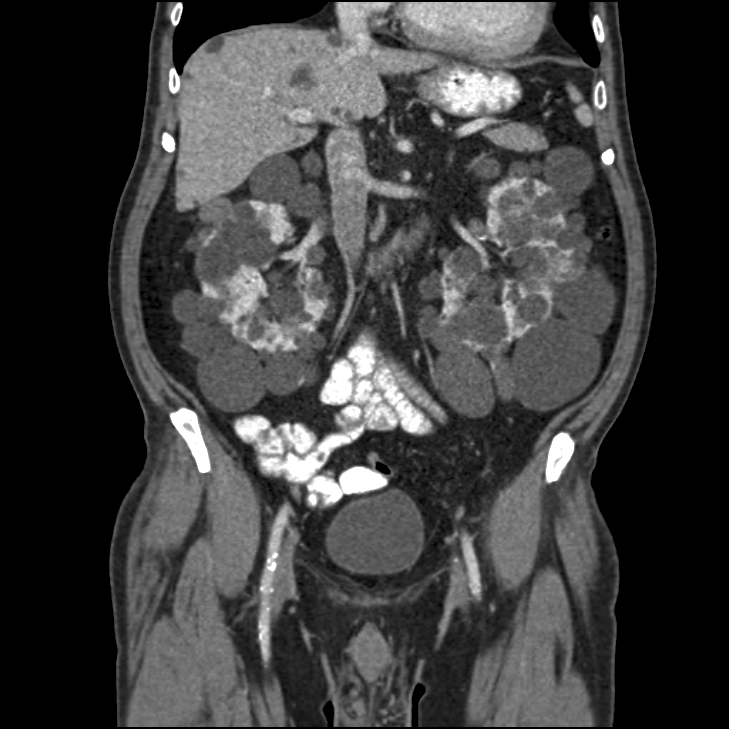

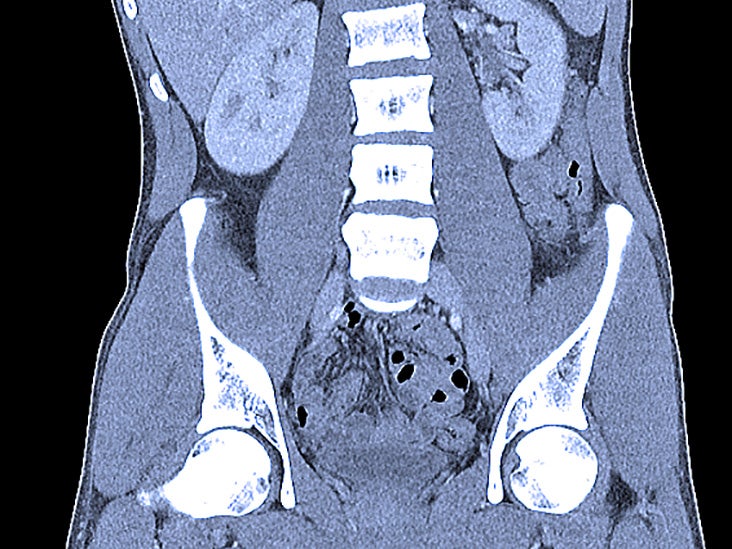

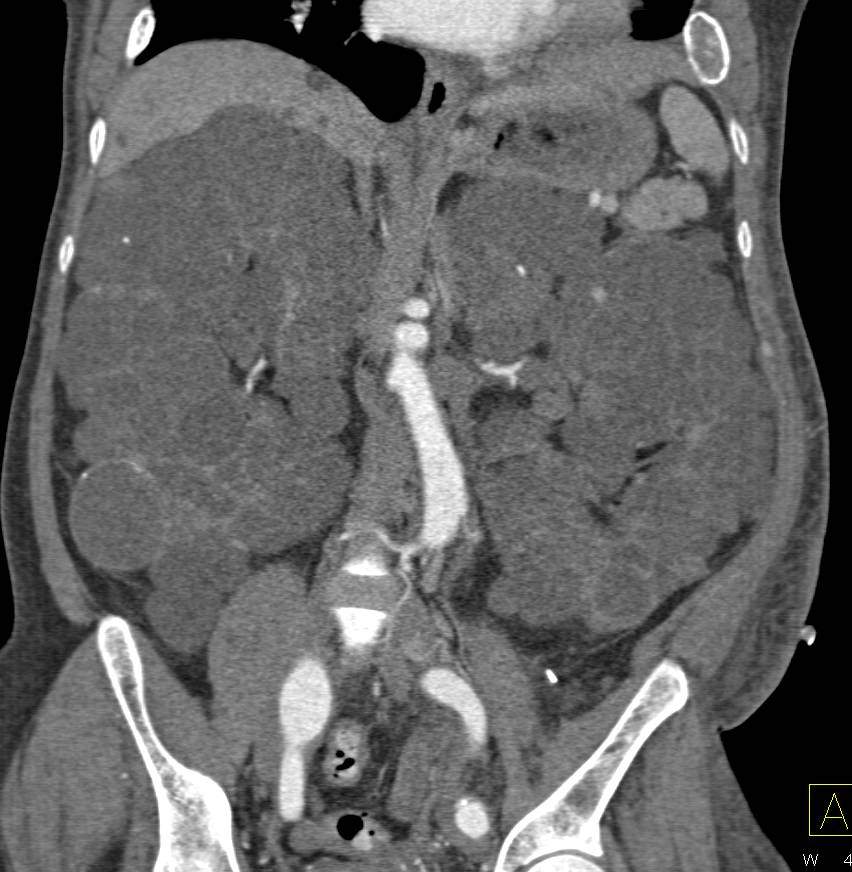
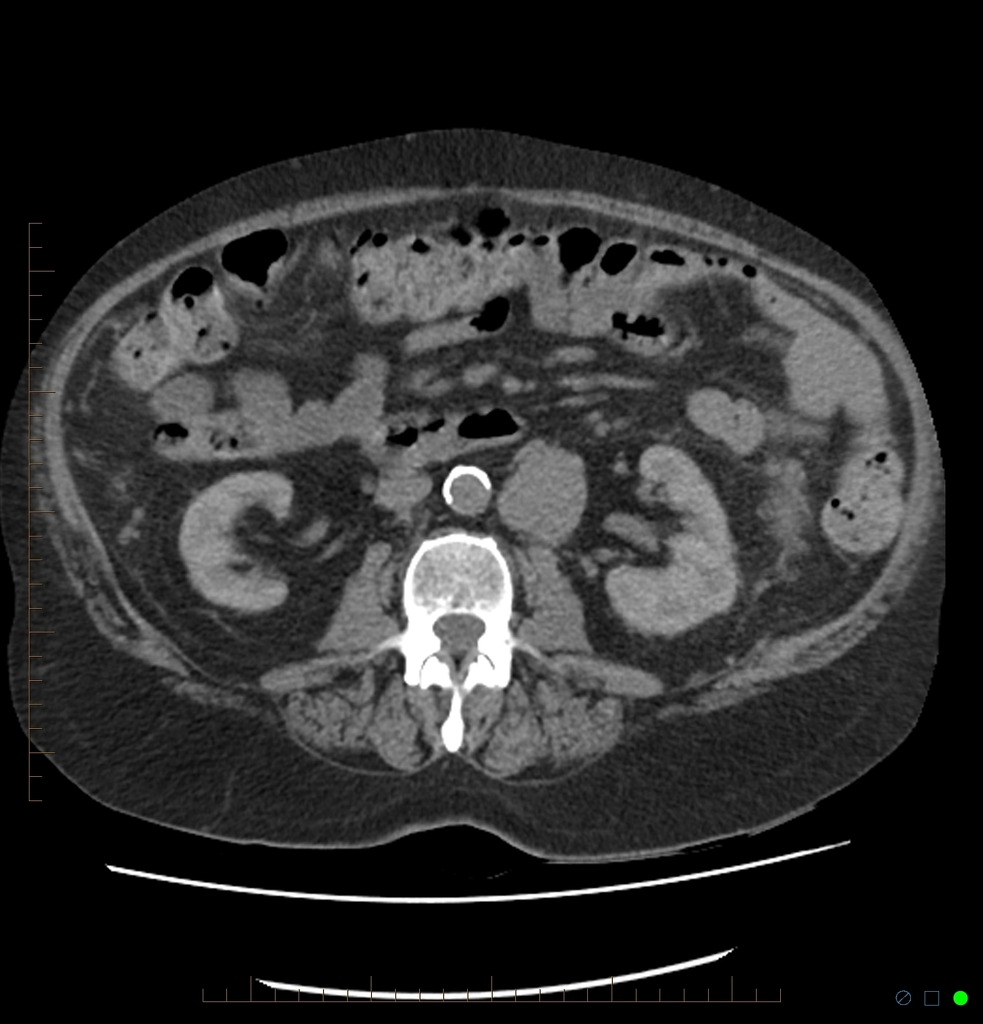

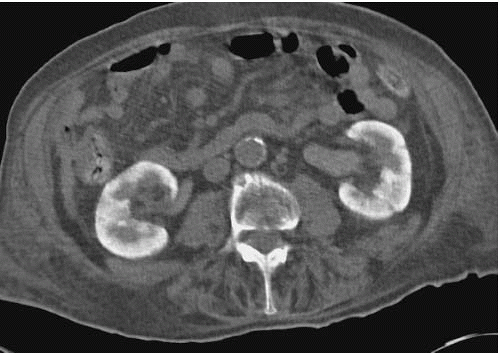
.ashx)



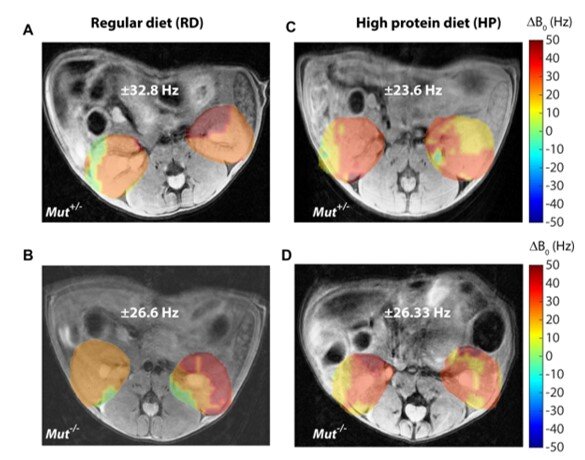
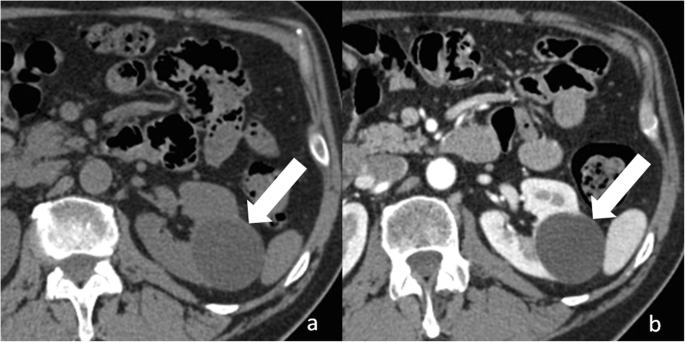

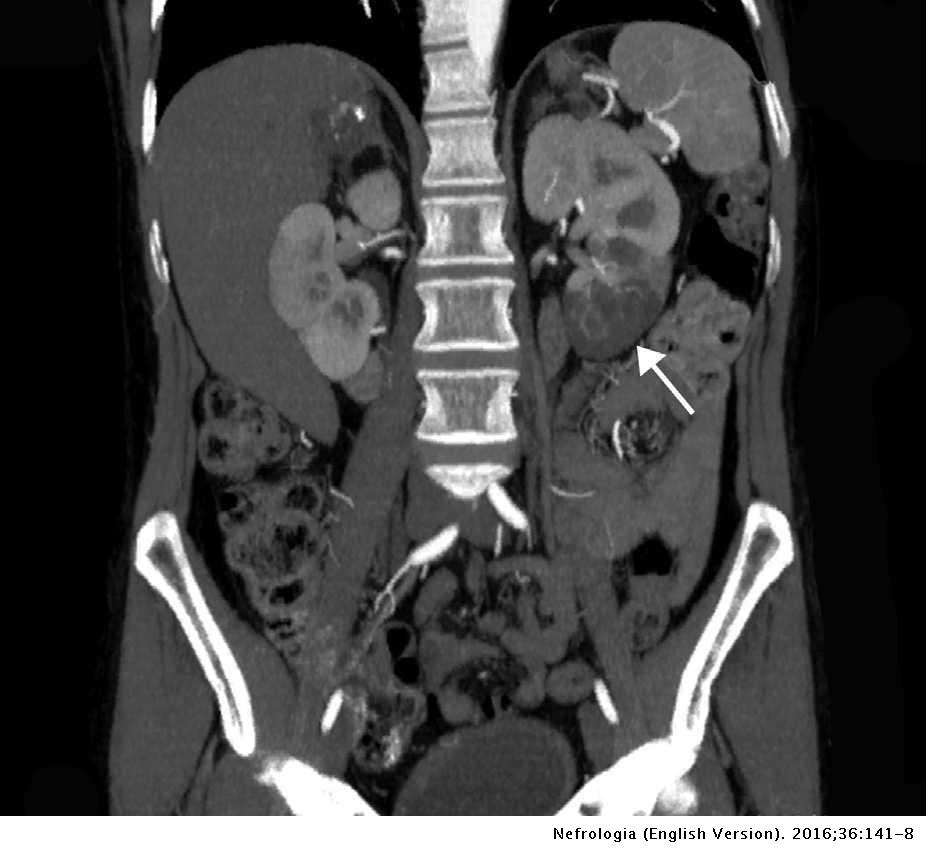






Posting Komentar untuk "Kidney Disease Ct Scan"